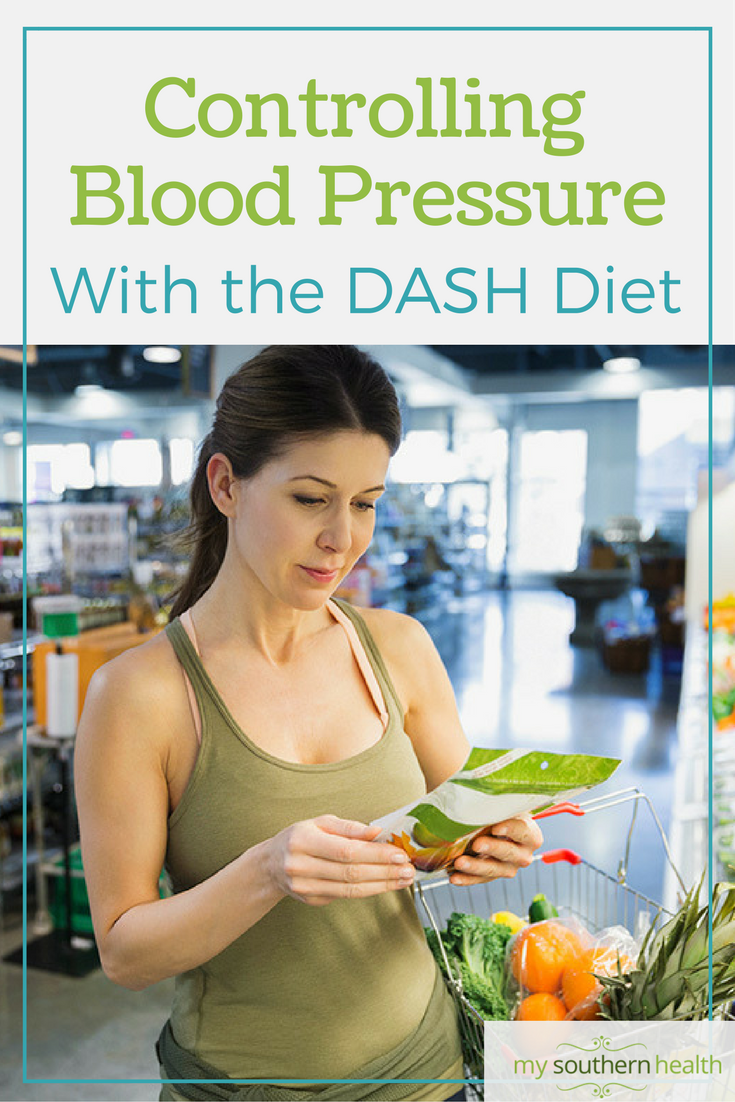The DASH diet tackles hypertension. Here’s what it looks like.
Ready to dash?
The DASH (Dietary Approaches to Stop Hypertension) diet minimizes unhealthy fats, cholesterol, sodium, sweets and added sugar. It is also rich in potassium, magnesium, calcium and protein.
Hypertension, or high blood pressure, can be controlled if you maintain a healthy weight, follow a healthy eating plan (which includes foods low in sodium), drink alcoholic beverages in moderation and have moderate physical activity most days of the week.
Tips for controlling blood pressure with the right diet
1. To season your food without salt, try this seasoning mixture: 2 teaspoons of garlic powder, 1 teaspoon of basil, 1 teaspoon of anise seed, 1 teaspoon of oregano and 1 teaspoon of dry lemon rind or dry lemon juice. Mix well, store in a glass container, label and add a few grains of rice to prevent caking.
2. Observe these DASH daily servings goals: Grains, 6-8 servings. Veggies, 4-5 servings. Fruits, 4-5 servings. Low-fat dairy foods, 2-3 servings. Lean meats or fish, 2 or less servings. Nuts or seeds, 4-5 per week. Fats and oils, 2-3 servings.
3. Choose fruits and vegetables with intense color. The brighter or darker the fruit or vegetable, generally the more nutrients it contains.
4. Understand portions and serving sizes. For example, 1 cup of dry cereal or raw veggies are both equal to the size of a baseball; 1/2 cup of cooked pasta is the size of a computer mouse; and 3 ounces of cooked poultry, fish or meat should be the size of a deck of cards. Keep a measuring cup handy when preparing meals and snacks.
5. To keep your heart healthy, choose fewer foods that contain saturated and trans fats, such as butter, lard, cream, shortening, fatty meat, processed foods and deep-fried items.
6. Cooking tip: Cook with olive or canola oil instead of butter or margarine. Bake, broil, steam or boil foods instead of frying.
7. Nutrition label tip: Aim to get at least 25-38 grams of fiber per day, and choose products with the lowest sodium content per serving. (Aim for 140 milligrams or less.)
8. Nutrition label tip: Watch for high amounts of added sugar. Sugar may be listed as high-fructose corn syrup, sucrose or glucose, but these are all sugar. Sugar found naturally in fruit and unflavored dairy is not considered “added” sugar.
9. Heart-healthy substitution: Instead of high-fat beef and other meats, choose lean meat, chicken, turkey, fish, tofu, low-sodium canned or dried beans such as lentils, chickpeas or kidney beans.
10. Heart-healthy substitution: Instead of fatty, salty or sugary snacks like crackers, chips, cookies and candy, choose berries, grapes, fat-free yogurt, reduced-fat whole grain crackers, baked tortilla chips or plain popcorn.
11. Heart-healthy substitution tip: Instead of refined grains such as white bread, white flour, white rice and pasta, choose brown rice, oats, pot barley, quinoa, millet, whole-grain pasta or whole-grain rye.


